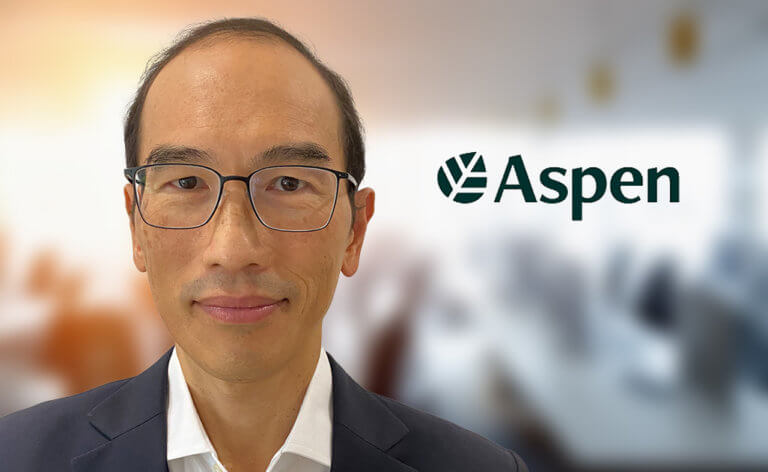Capital may be international, renewal is always local: Aspen Re
November 4 2024 by InsuranceAsia News
As the year-end conference season approaches, market players often declare their underwriting intent and forecast for the upcoming cycle, including pricing expectations and market conditions.
As the conference season coincides with the tail-end of the hurricane and typhoon season, statements of intent or market prognosis often come with caveats.
“Capital may be international, renewal is always local. The risk landscape in Asia is diverse and varied, and each territory’s challenges and opportunities deserve to be treated accordingly,” Tay told InsuranceAsia News (IAN).
“All bets are off if another cat 4 or worse makes landfall,” he said.
However, Tay suggested a more meaningful exercise: recognising the collective good the industry has achieved over the past two years.
“2023 was a year of ‘generational hardening,’ a term that aptly describes the significant pricing corrections that were especially difficult for unprepared buyers,” he said.
“In contrast, 2024 brought more balance and equilibrium, with reinsurers generally holding on to gains achieved in the previous year, regardless of rate increases or deductible elevations.”
Tay emphasised that the collective gains over the past two renewal seasons have contributed to wider societal benefits, such as improved risk management through insurance premiums or policy terms that better reflect underlying exposures.
“While the short-term adjustments were disruptive and even painful for cedents, it is in our collective interest to hold on to these hard-won gains and continue pushing for wider benefits,” Tay concluded.
With improved earnings and increased appetite, competition among reinsurers is expected to heighten in the new year. Concerns about climate change and social inflation remain prominent.
Asia’s diverse territorial expanse means not every territory or line of business experienced the same correction or structural improvement in the past two renewal seasons which means “much work lies ahead of us,” Tay noted.
Despite the global trend towards higher attachment points and aversion to frequency losses, many cedents in Asia prefer lower deductibles, according to Tay.
“Our target segment is XL treaty across all key lines of property, casualty, marine, and agriculture… as it offers the best balance between income growth, capacity use, and expected profitability.” Tay Boon Chuan, Aspen Re
“Aggregate covers are still uncommon in Asia for most lines of business. High-ROL, low-lying layers tend to be more dollar swaps than outright loss leads, as multiple cat recoveries in the same year remain rare in Asia,” he said.
The debate between proportional and non-proportional treaties is perennial as each has its place in a well-designed reinsurance programme, Tay said.
With increasing emphasis on adequate return on reinsurers’ capacity, “the days of 20-line surpluses and generous ceding commissions are over”, Tay pointed out.
“Given the prevalence of loss-sharing and event-limiting features, it’s debatable whether they are still truly pro rata,” he explained.
However, Tay does not foresee a market-wide shift towards non-proportional solutions (gross XL). Instead, cedents who demonstrate responsible use of pro-rata capacity with adequate premium feed, along with well-structured non-proportional protection (net XL), are likely to be rewarded with ample reinsurance capacity.
Aspen Re remains open for measured growth alongside key insurers and broking partners across Asia Pacific.
“Our target segment is XL treaty across all key lines of property, casualty, marine, and agriculture… as it offers the best balance between income growth, capacity use, and expected profitability.”
Aspen Re also engages the wider market, including cedents, who traditionally rely on pro-rata capacities, to seek cost-effective and resilient solutions.
“We pride ourselves on our structuring and modelling capabilities across all key lines of business, with full underwriting resources on the ground ready for deployment,” Tay said.
“To our insurer and broking partners in Asia, within our targeted business segments, we strive to be a reliable long-term service and capacity provider, whatever the pricing cycle,” he said.
-
QBE | Elevating customer experience, humanising claims: QBE Asia’s ‘Solutions in a Box’
Vastly improving turnaround times and personalising service delivery, QBE Asia’s award-winning, end-to-end bundled claims solutions is a game-changer for the insurance industry.
-
Beazley | What does cyber protection look like from day 1 to day 600 and beyond?
Cybersecurity is no longer just an IT concern, but a governance issue that belongs on the boardroom agenda.
-
Sedgwick | Preparing for the next storm
Insurance industry needs to recalibrate, invest in innovation and strengthen systems, talent and data practices.
-
Peak Re | From climate modelling to market opportunity: Forging a new clarity on Southeast Asia’s climate risk
Southeast Asia's protection gap: a crisis of clarity, not just capital

